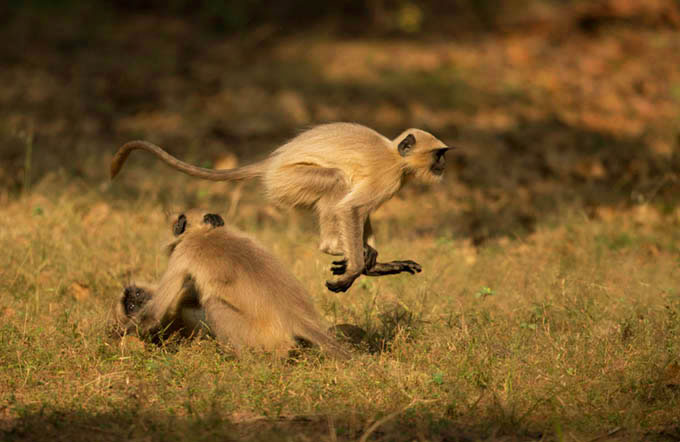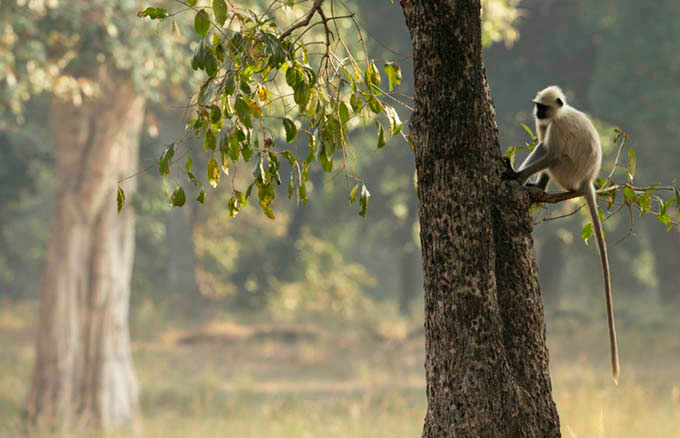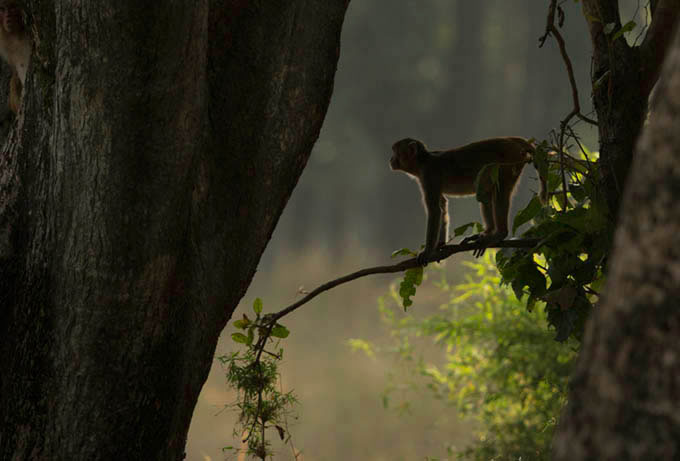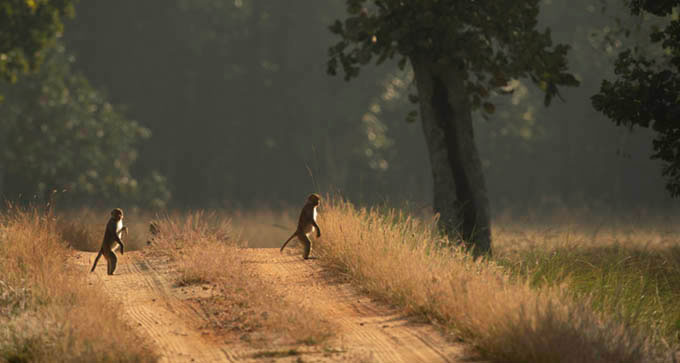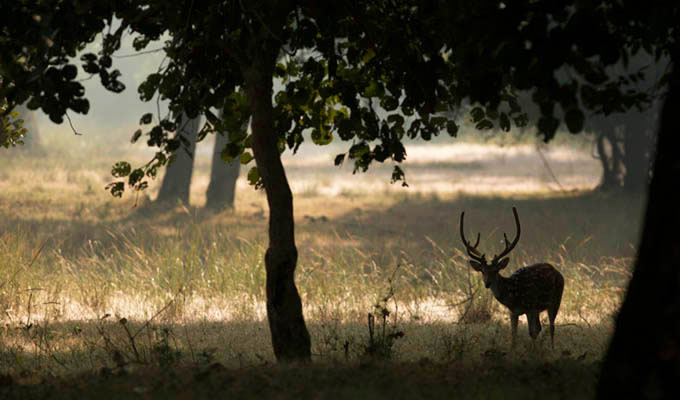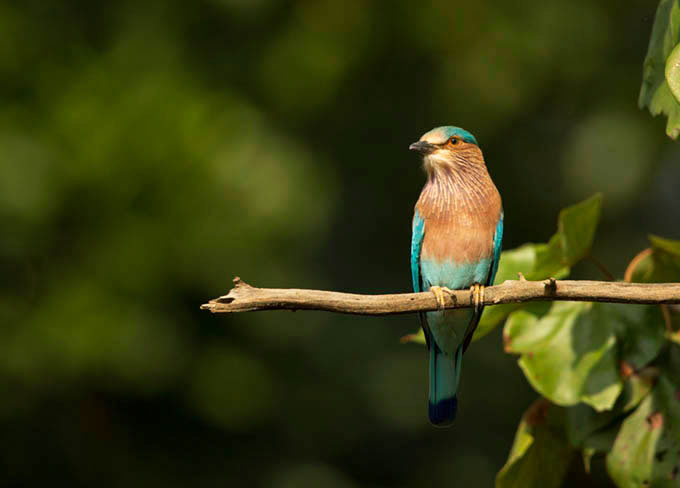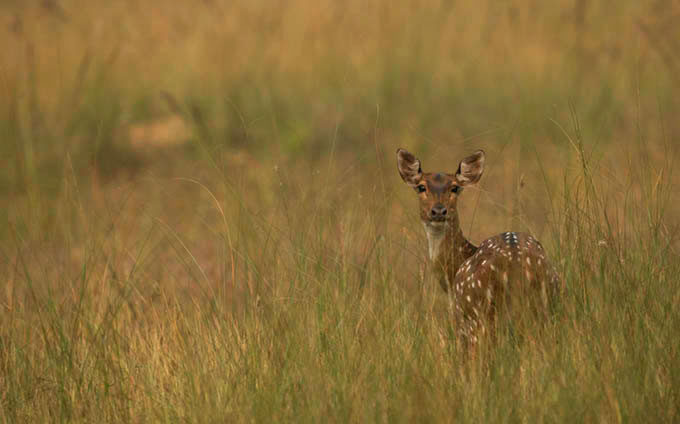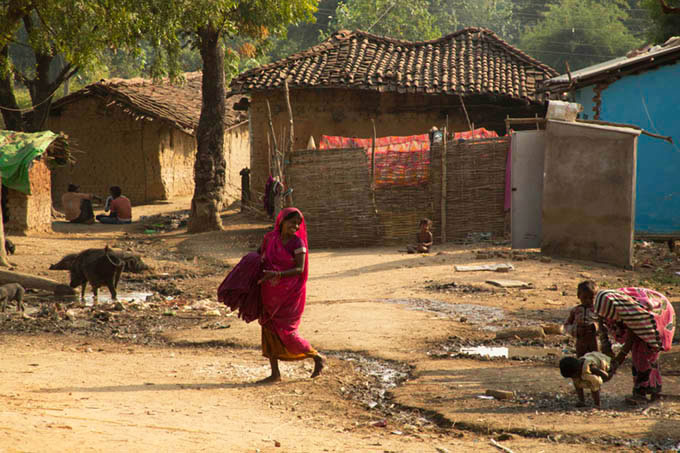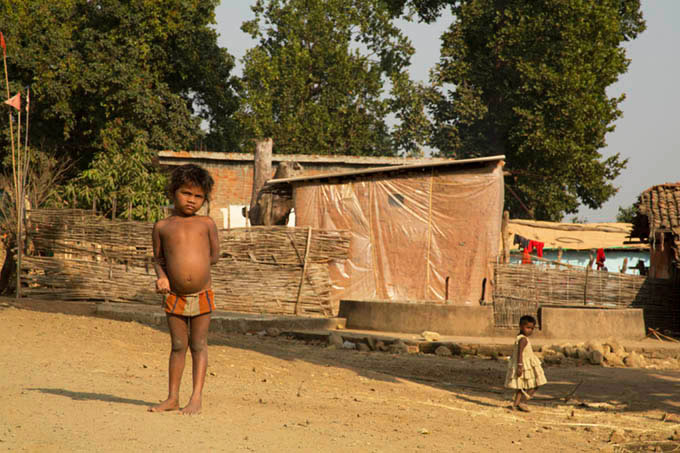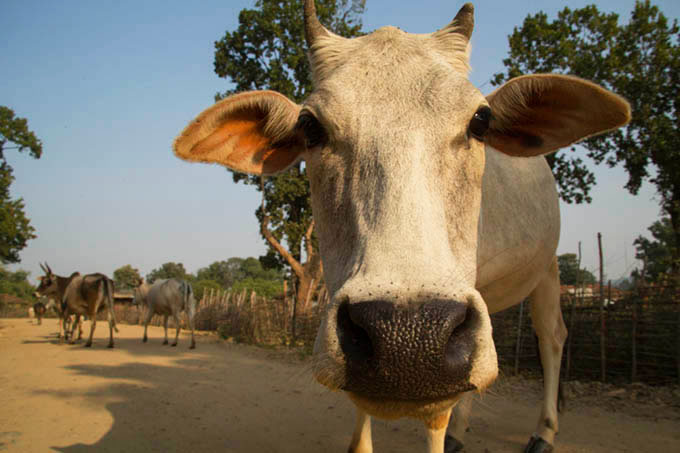India 2014.
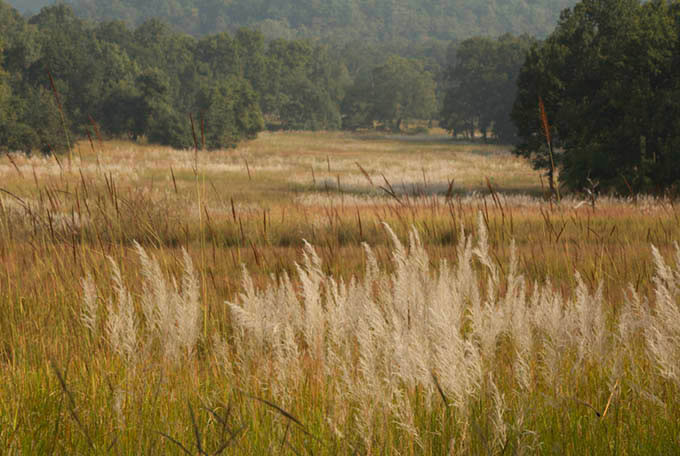
Tiger, tiger, burning bright, In the forests of the night. William Blake.
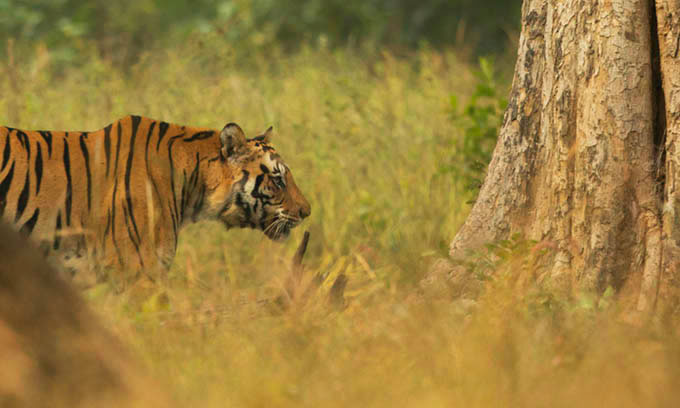
Running trips to foreign lands is often fraught with potential problems. The logistics of navigating a group across a significant part of the globe via planes, hotels and taxis can be challenging at times. The weather when we eventually arrive is debated and fingers are crossed for good light at the key times of the day. The final consideration is whether the intended target performs. There are always the peripheral players but often there is one main star.
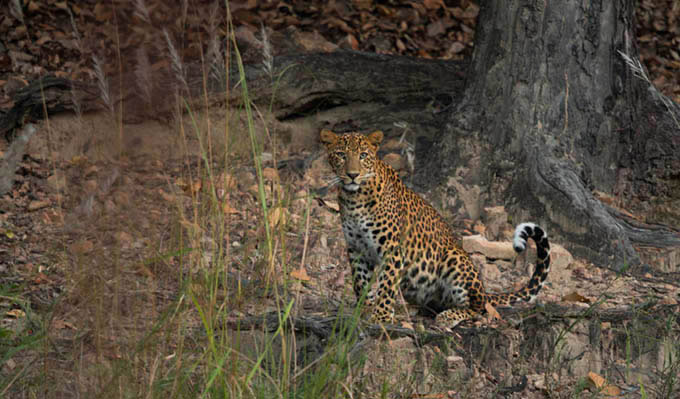
A week ago I returned from co-leading a trip with Danny to Bandhavgarh in India. I had been before and I had great memories of a good number of tiger encounters. The logistics this time worked brilliantly, the group was a really good one and the weather was stunning throughout. Unluckily though not all was harmony in the tigers world. We instantly think of poaching as the primary cause of tiger deaths and instability, we seldom consider the tigers to be at fault. In this case though a number of changes had occurred which had been precipitated by a couple of new young males who had moved into the Tala range of the park. The old male and female, so reliable in the past had been killed and the younger females, who also used to show well, had been destabilised by the presence of the new males and 4, thirty month old cubs. Tigers were about on every trip we made into the park. We often followed footprints on the sandy tracks for over a mile and knew they had only been made, in some cases minutes before, but almost every frustrating time the tiger veered of the track and melted into the dense jungle. We sat and listened to alarm calls of the langurs and deer and knew a tiger was lying up only 50 metres away, but to all intense and purposes invisible. We did see tigers, and others in the park had some really good encounters but the opportunities were hard won and fewer than in previous years.
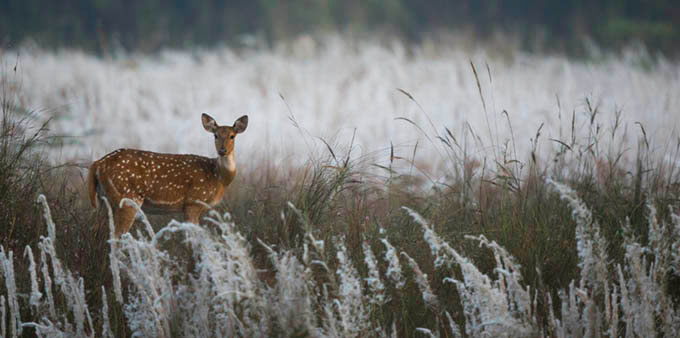
When the star of the show takes his bat and ball home you have to turn to the peripheral players. Here this group includes langur and rhesus macaque monkeys, samba, Indian muntjac and spotted deer, wild peacocks, a good variety of birds and luckily leopards.
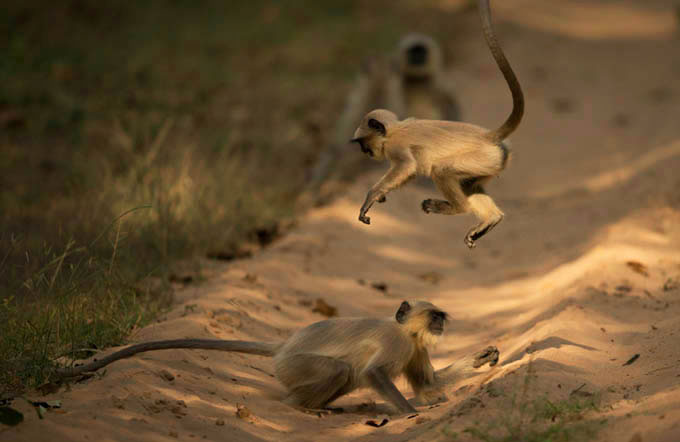
Whilst these don’t fully compensate for the lack of the star player they do allow you to work photographically in one of the most beautiful parts of India. I particularly fell in love with the langurs, their silky fur and sad faces have a charm all of their own. The macaques, partly because it was in the height of their breeding season don’t do it for me so much, the males particularly remind me of a well known Viz character!
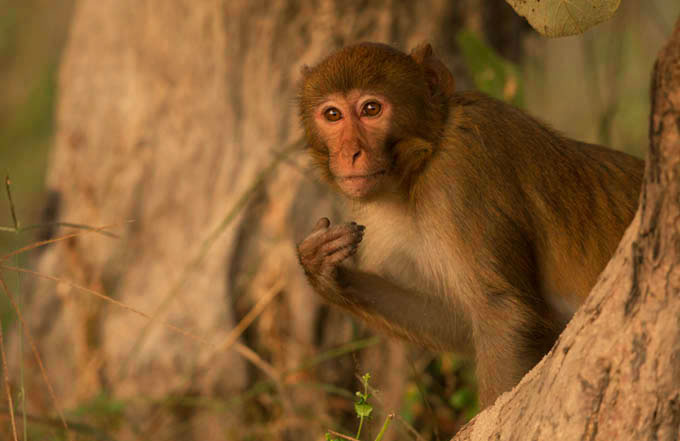
On every trip we would see deer, usually spotted deer and these are very attractive. As in most cases when working with any animal you initially concentrate on simple portraits but once these are in the bag you start to relax more and become picky about the composition, light and mood.
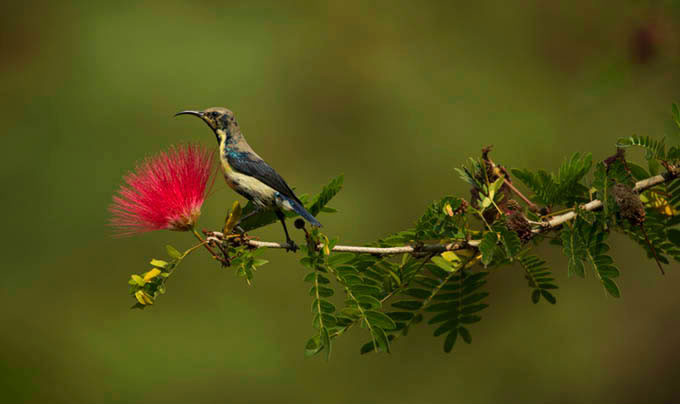
My first sighting of a tiger this trip was mind blowing but I guess the best encounter I had over the eight days was late on a drive with a male leopard. We were watching a large group of samba deer bathing and drinking in a river when an alarm call went up, the deer panicked and literally exploded out of the water. Then it was silent and we followed the intense gaze of the deer. A male leopard had moved down to the river and was sitting behind tall grasses. Over the next five minutes he moved out and down to the river to drink, posing beautifully on the wooded bank as he did so.
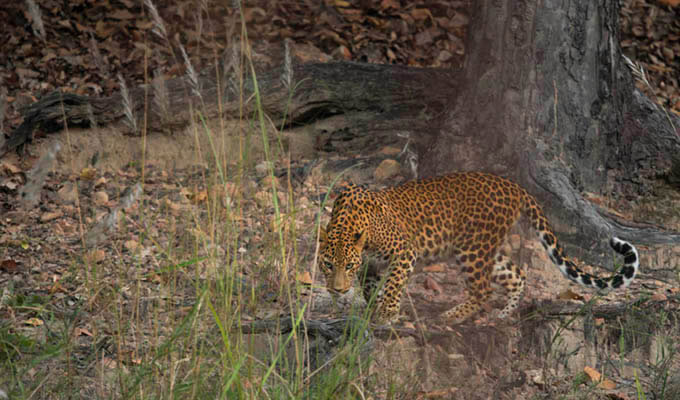
Even considering the tiger’s behaviour the trip was a really good one. I love being in Bandavgarh, the weather was superb, warm and sunny, brilliant considering it was wet and rainy back in the UK. The star played hard to get but the supporting cast certainly rose to the occasion and lastly but most importantly the group was brilliant throughout. A big thanks to Judy, Helen, Kay, Mike, Terry, Pete, Greg and Satyendra.
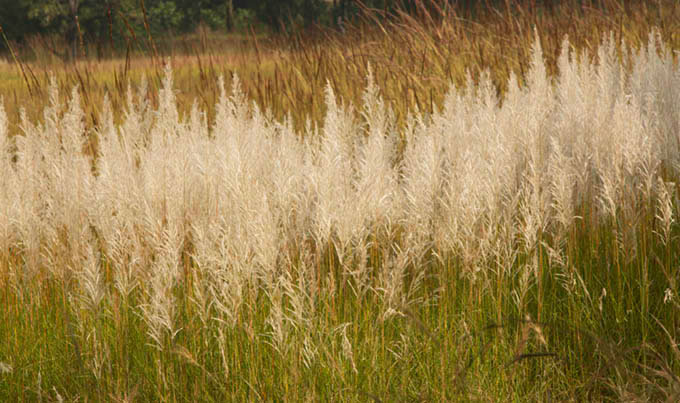
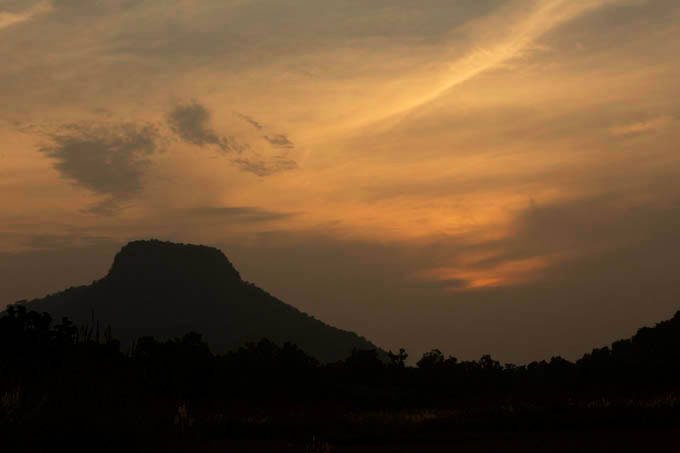
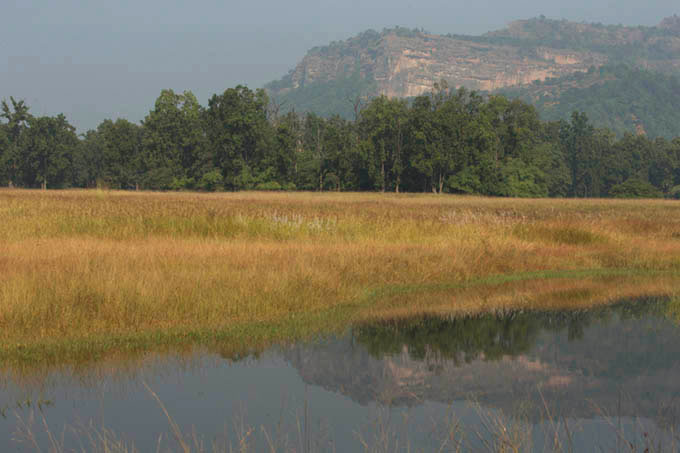
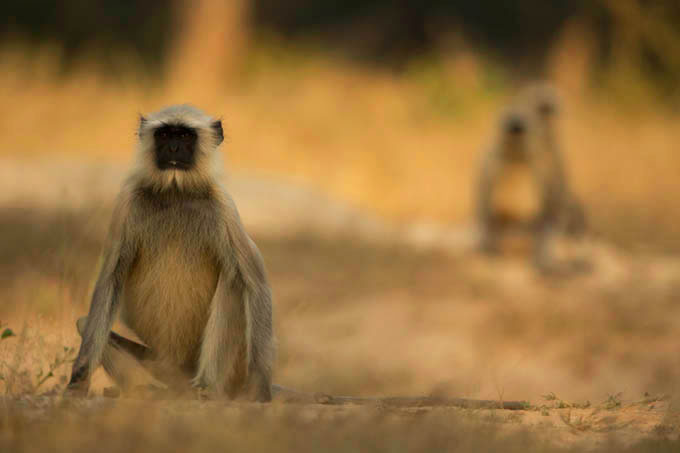
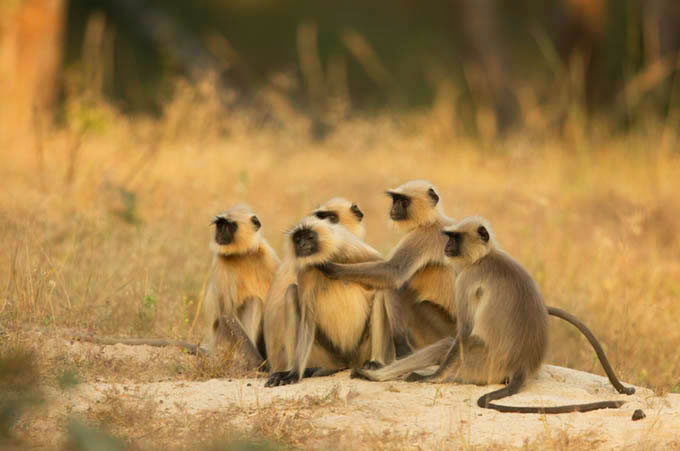
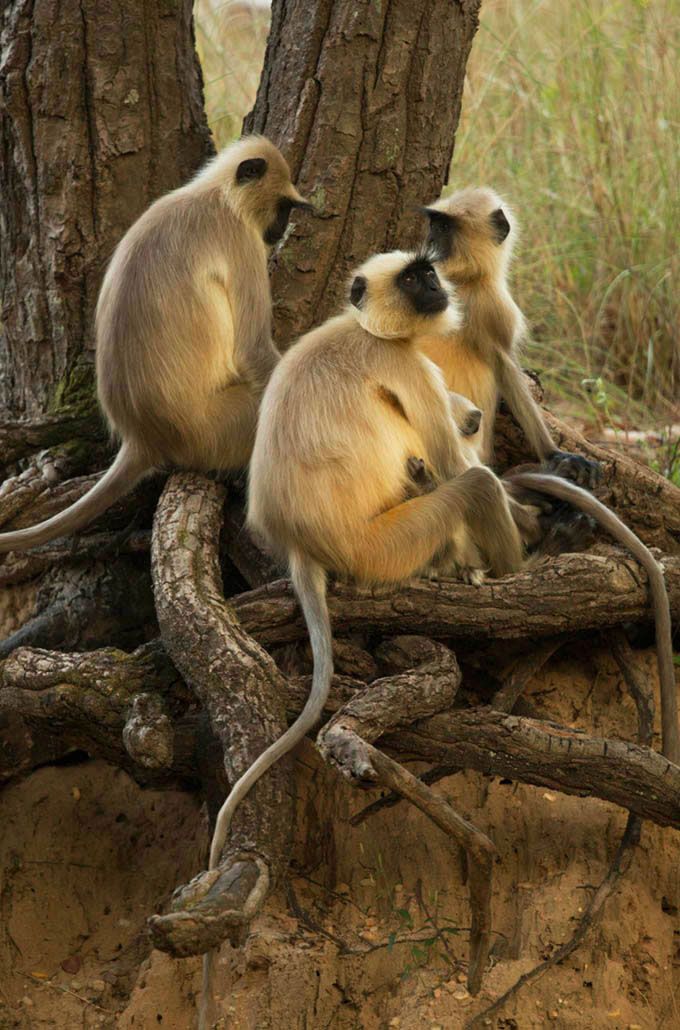
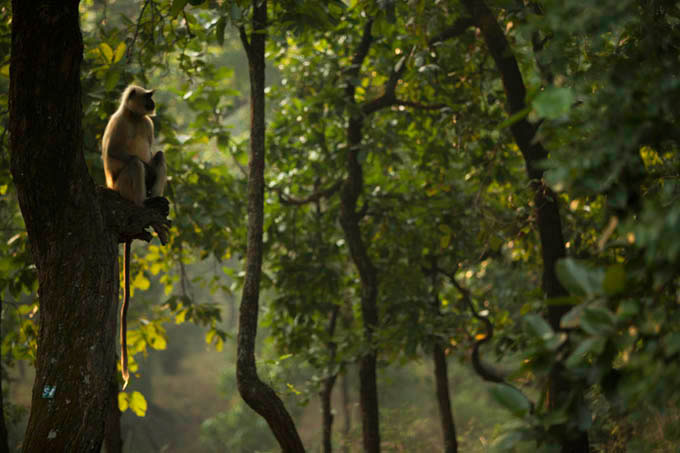
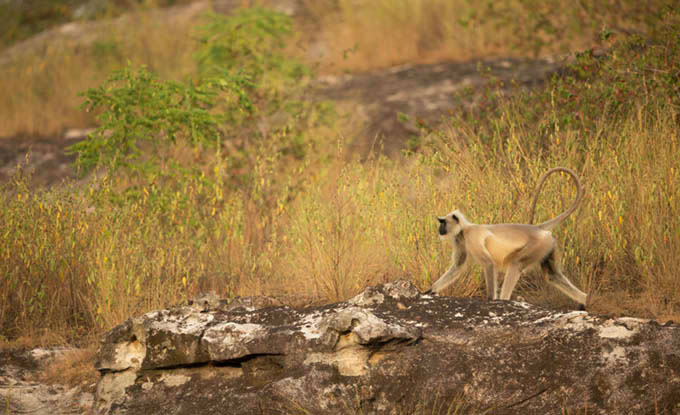
.jpg)
